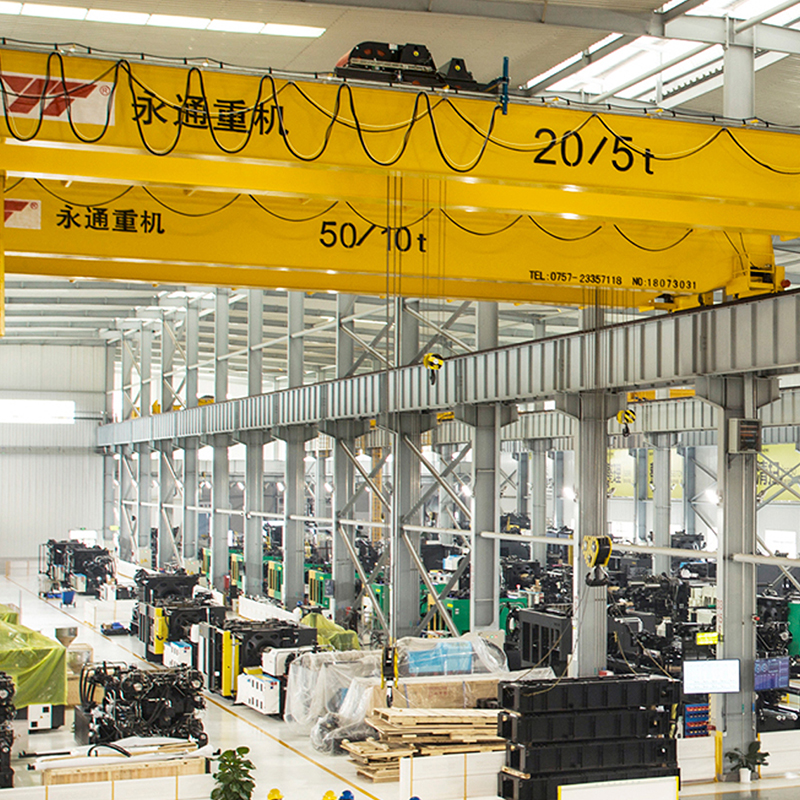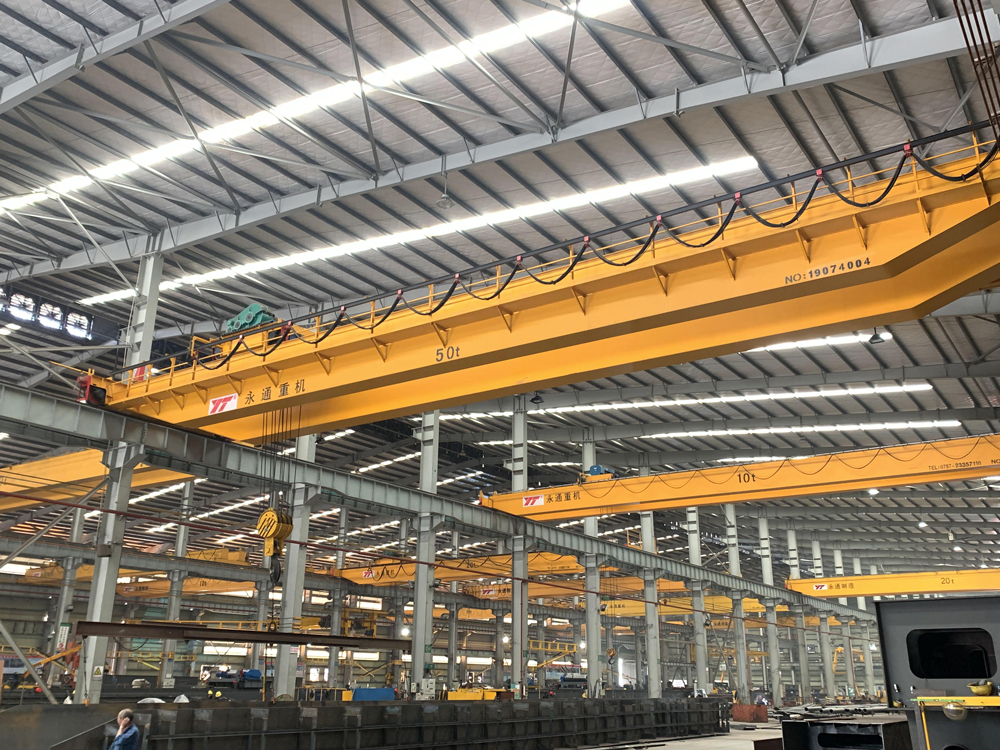The 30-ton bridge crane is a very common and widely used medium and large-tonnage lifting equipment. The following is a detailed analysis of the main application industries and main types of 30-ton bridge cranes for you.
A 30-ton lifting capacity makes this crane essential for industries involved in heavy-duty material handling.
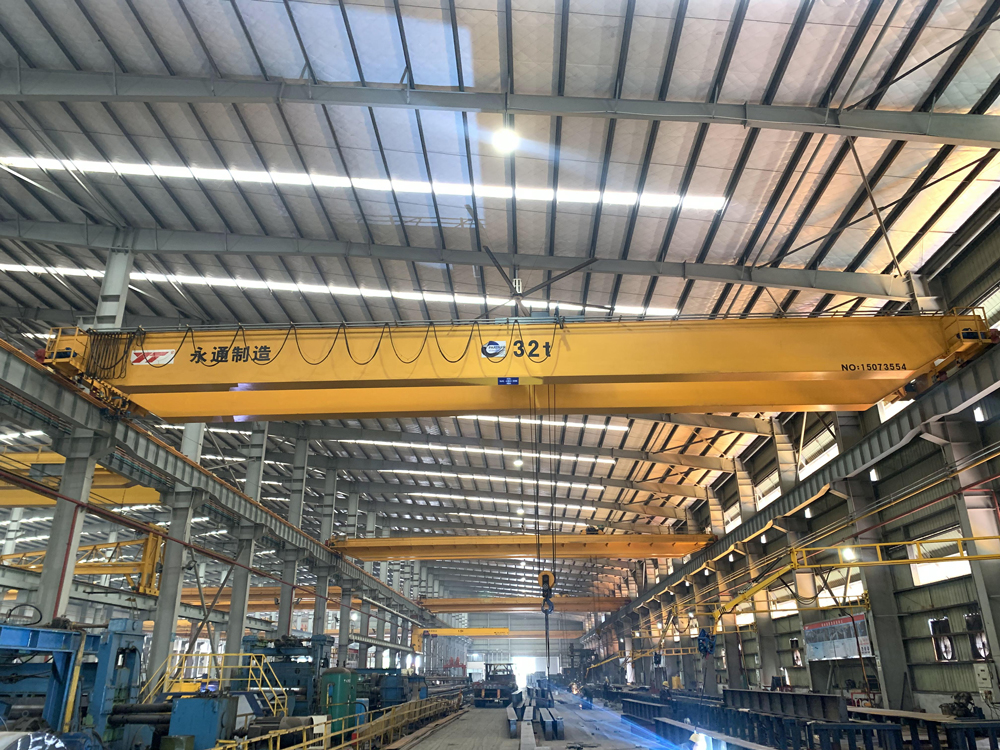
Steel and Metallurgy Industry
Applications: Steelmaking plants, rolling mills, foundries.
Specific Uses: Handling ladles, steel ingots, steel plates, sections, and scrap metal. These applications typically require cranes with heavy (A6, A7) or very heavy (A7) duty cycles and special metallurgy-specific safety features (like dual brakes and heat protection).
Heavy Machinery and Equipment Manufacturing
Applications: Heavy machinery plants, shipyards, pressure vessel factories, power generation equipment manufacturers.
Specific Uses: Assembling large equipment components, moving large weldments, loading/unloading machine tools. Requires smooth and precise crane operation, often with remote control.
Warehousing, Logistics, and Ports
Applications: Large warehouses, logistics centers, container yards (using gantry cranes), port storage areas.
Specific Uses: Moving heavy packaged goods, handling heavy cargo inside large containers. Demands high reliability and efficiency.
Power and Energy Sector
Applications: Machine halls of thermal power plants, hydropower stations, nuclear power plants.
Specific Uses: Installation and maintenance of core heavy equipment like generator rotors, turbines, and transformers. Requires the highest levels of safety and reliability.
Paper and Building Materials Industry
Applications: Paper mills, cement plants, glass factories.
Specific Uses: Handling large paper rolls, cement prefabs, large molds. Dust and corrosion resistance can be important.
Automotive Manufacturing
Applications: Stamping shops, body shops.
Specific Uses: Transporting large stamping dies, transferring body components. Often requires a high degree of automation and positioning accuracy.
Scrap Recycling and Waste Management
Applications: Scrap metal yards, waste-to-energy plants.
Specific Uses: Using electromagnetic lifters or grapples to handle scrap metal, waste bales, etc. The crane structure needs to be robust and impact-resistant.
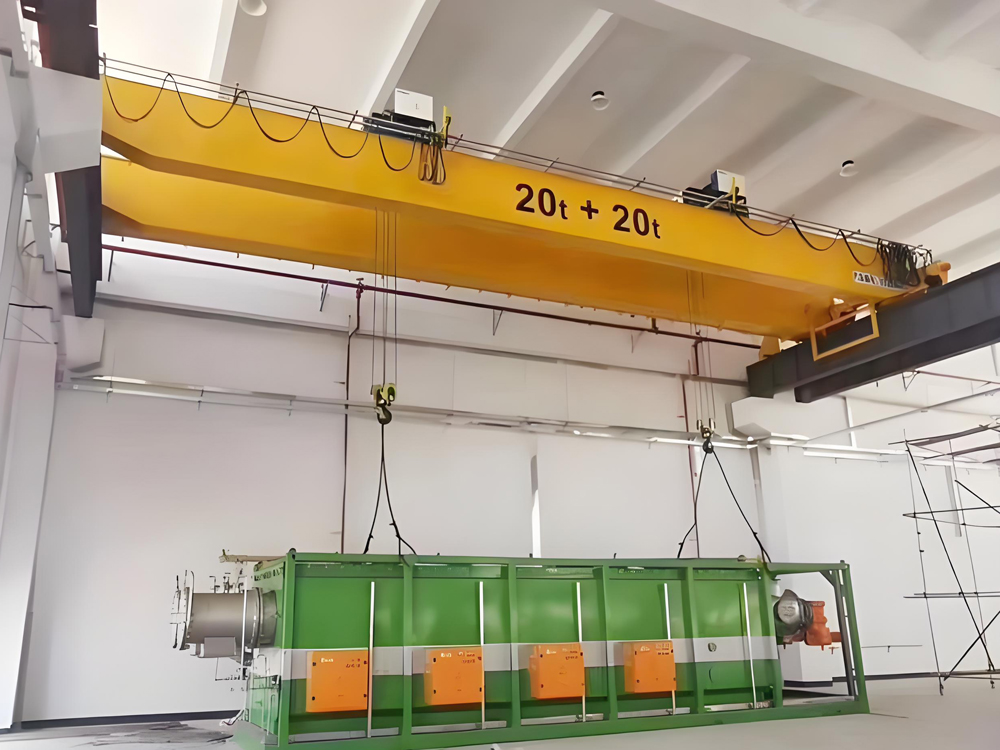
II. Main Types
30-ton overhead cranes can be classified by structure, lifting attachment, and driving technology. The following chart clearly shows the main classification system based on structure and operational mode:
Here are the detailed characteristics of each type:
1. Classified by Structure
Single Girder Overhead Crane
Features: Lightweight structure, lower cost, requires less headroom.
Suitability: Best for applications with smaller spans (e.g., ≤20m) and low usage frequency (A3-A4 duty cycle). For a 30-ton capacity, a single girder design is near its limit and is only selected for specific, light-duty scenarios.
Conclusion: A double girder design is highly recommended for 30-ton capacity due to its far superior rigidity and stability.
Double Girder Overhead Crane
Features: Robust structure, high load-bearing capacity, smooth operation, long service life. This is the most common and reliable choice for a 30-ton crane.
Suitability: Ideal for all heavy-duty applications, especially workshops with large spans and high usage rates (A5-A7 duty cycles). The trolley runs on rails on top of the girders, allowing for greater hook height.
2. Classified by Lifting Attachment
Hook Overhead Crane
Features: The most versatile and common type, using a standard hook.
Suitability: For handling piece goods like parts, equipment, and molds.
Crane with Specialized Attachments
Magnet Crane: For handling loose ferromagnetic materials like scrap steel and steel plates.
Grab Crane: For handling bulk materials like grain, coal, and ore. The crane is equipped with a grabbing mechanism.
Hook/Magnet/Grab Combination Crane: Can switch between attachments to handle multiple material types, offering great flexibility.
3. Classified by Drive Technology and Grade
Standard Conventional Overhead Crane
Features: Uses standard asynchronous motors, potentially with torque motors or eddy current brakes. Traditional design, relatively heavy.
Suitability: Meets basic lifting needs at a relatively lower cost. Was the mainstream choice in the past.
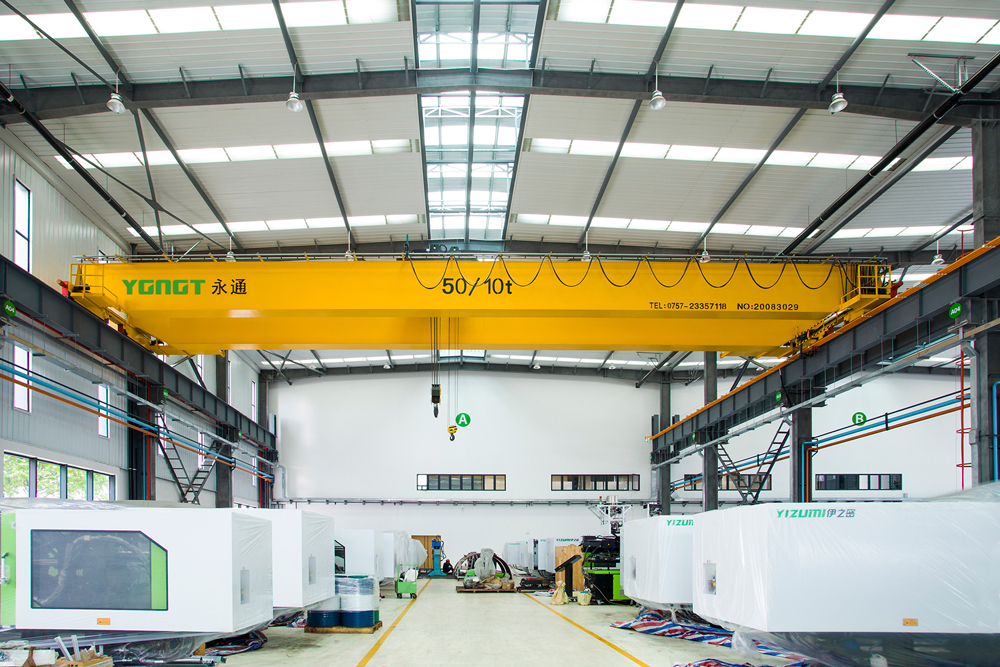
European-Type Overhead Crane
Features: Utilizes modular drives (motor, brake, gearbox integrated into one unit) and rigid end carriages, resulting in a lightweight, low-headroom design.
Advantages: Lower wheel load, reducing demands on the building structure; energy-efficient; smooth and precise operation; easier maintenance.
Suitability: This represents the current technological trend in the market, especially for new buildings or modern workshops requiring optimal use of space, energy efficiency, and high precision.
For a 30-ton lifting requirement, a double girder structure is the foundation for ensuring safety and stability. When selecting, priority should be given to European-type cranes, as they represent more advanced, economical, and reliable technology. The final choice should be based on specific workshop conditions (span, headroom, runway support), usage frequency, budget, and process requirements.

